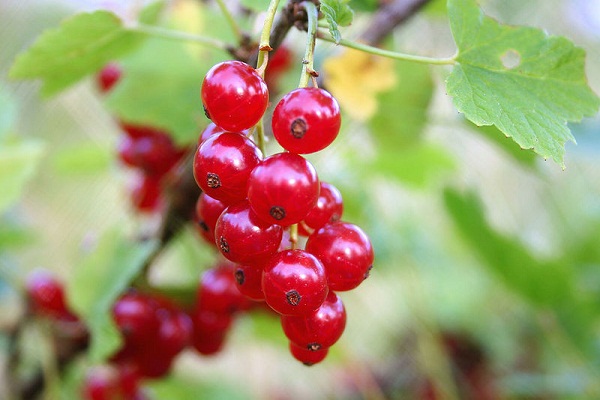Most of us rarely eat currants, because their ripening period isn’t very long. This is why we should eat as many of them as we can, while we can.

Black currants contain the highest amount of vitamin C, so they shouldn’t be left out of our diet during the cold season either. For the winter, you can preserve it in jams and syrups or freeze them – if frozen, they will keep most of their vitamin content.
Red and white currents can be eaten raw, or as jams or jellies. Currant juice should be mixed with water and 100-150 ml consumed of it daily to replenish minerals in our body. It acts as a laxative, diuretic and astringent.
Currants are also recommended in cases of indigestion, urinary tract inflammation, liver deficiency, rheumatism, gout and fever. They stimulate the spleen and the liver, improve blood circulation, makes facia edemas disappear, strenghten the heart and cures the acute inflammation of the tissues of the finger joints. Scientific research has proven that black currants have an important role in preventing hear diseases and strokes.
A currant-based cure is recommended to women who suffer from high blood pressure or blood circulation and locomotor system problems. Currants reduce the levels of bad cholesterol, they are an excellent antioxidant and a heart protector; also, they slow down the aging process.
